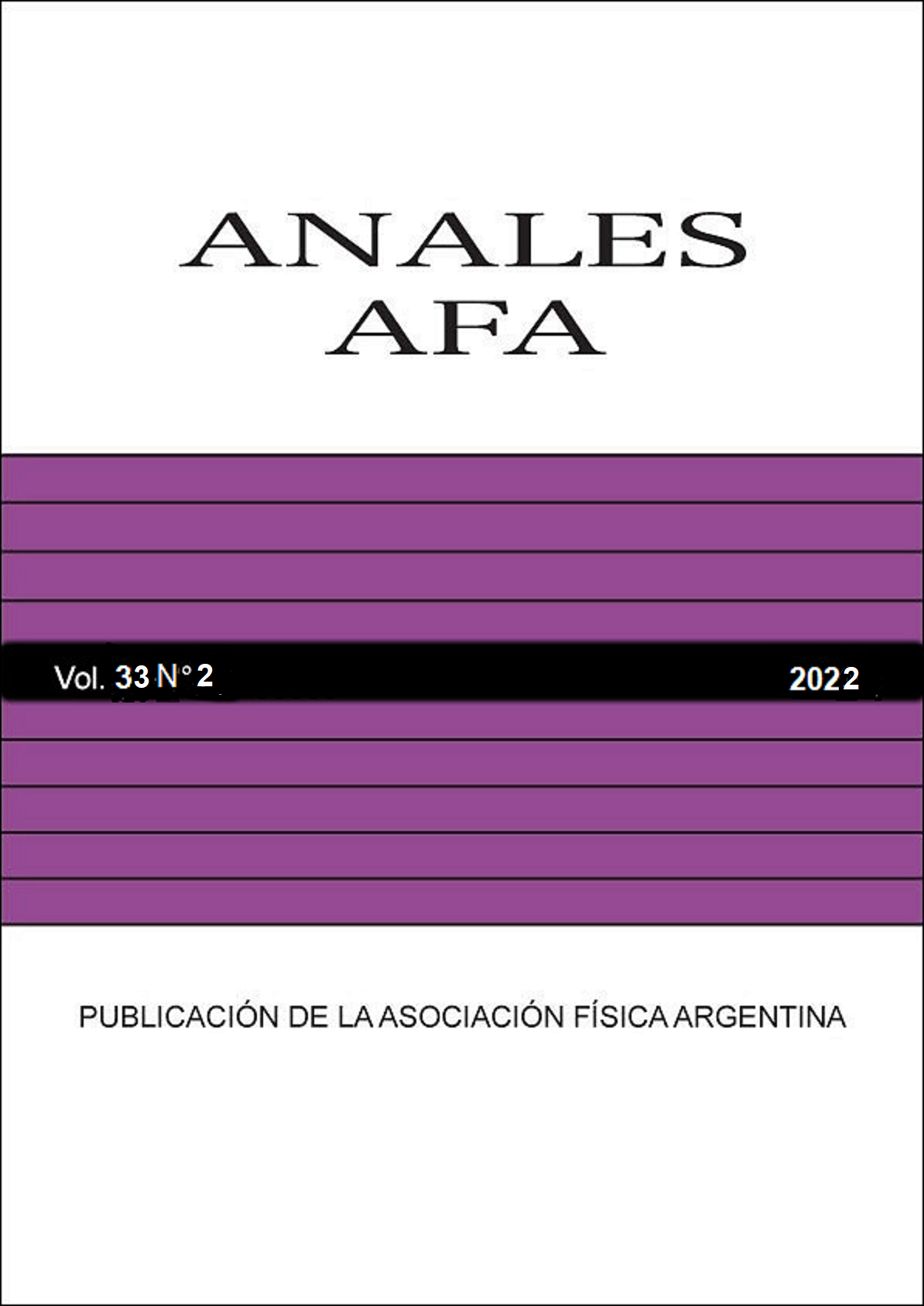CHARACTERIZATION OF THE XR-100-CdTe AMPTEK SPECTROMETER RESPONSE BY MEANS OF MONTE CARLO SIMULATIONS USING THE PENELOPE CODE
Abstract
In recent years, the study of X-ray spectrometry has promoted significant advances in various scientific areas, thus increasing the implementation of ionizing radiation in many applications of modern technology. Typical X-ray spectrometry systems consist of a set of devices that allow this radiation to be converted into a detectable electrical signal. The main spectrometer components include: the sensitive volume (detector), the multichannel pulse processing device, and the associated software. Cadmium telluride (CdTe) has been introduced as a suitable bulk-sensing semiconductor material that reports higher efficiency compared to silicon diodes. Then, the Amptek XR-100T-CdTe spectrometer, has gained wide applications during the last years, mainly due to its performance achieving high efficiency up to 100 keV. The present work reports on the characterization of detector response for the Amptek XR using Monte Carlo simulations, while separately accounting for the contribution of the different spectrometer components. To this aim, the geometry along with the elemental composition properties of the different components have been carefully included in the simulation setup. A kernel based approach has been implemented to study the response of the detector using narrow monoenergetic X-ray beams having incident kinetic energy within [5-1000] keV, and discriminating the relative contribution for each kernel attributable to the different spectrometer components. Finally, the simulation results have been compared with the efficiency curve reported by the manufacturer, showing good agreement with the kernel based approach characterization when the CdTe sensitive volume along with the Be vacuum window are taken into account.




